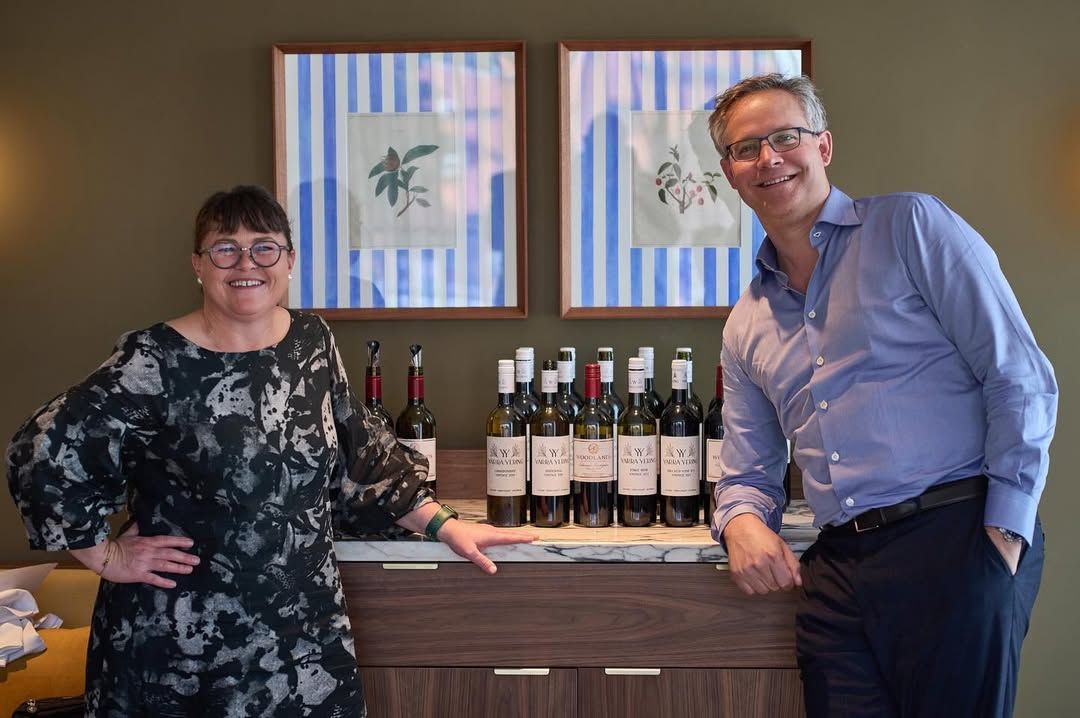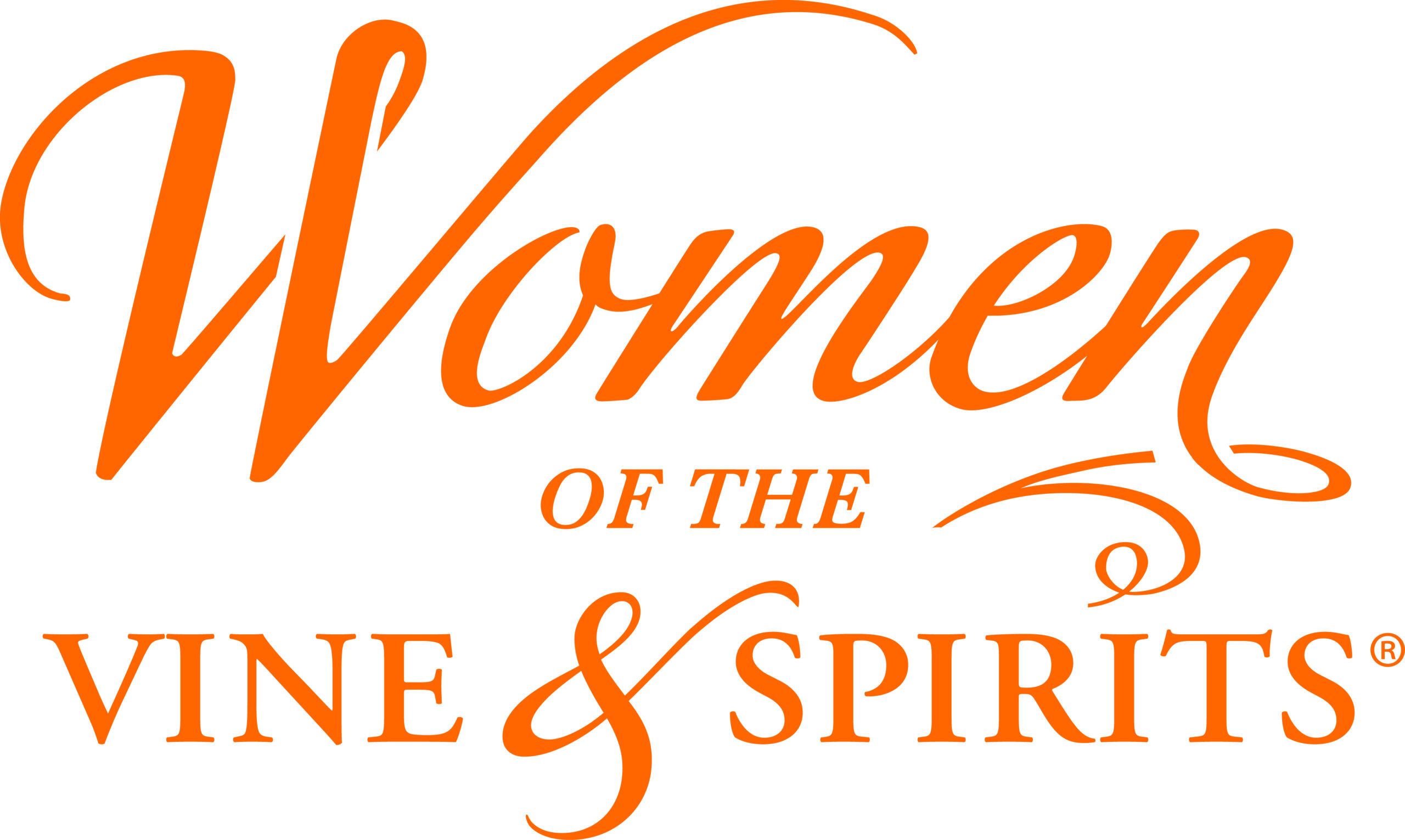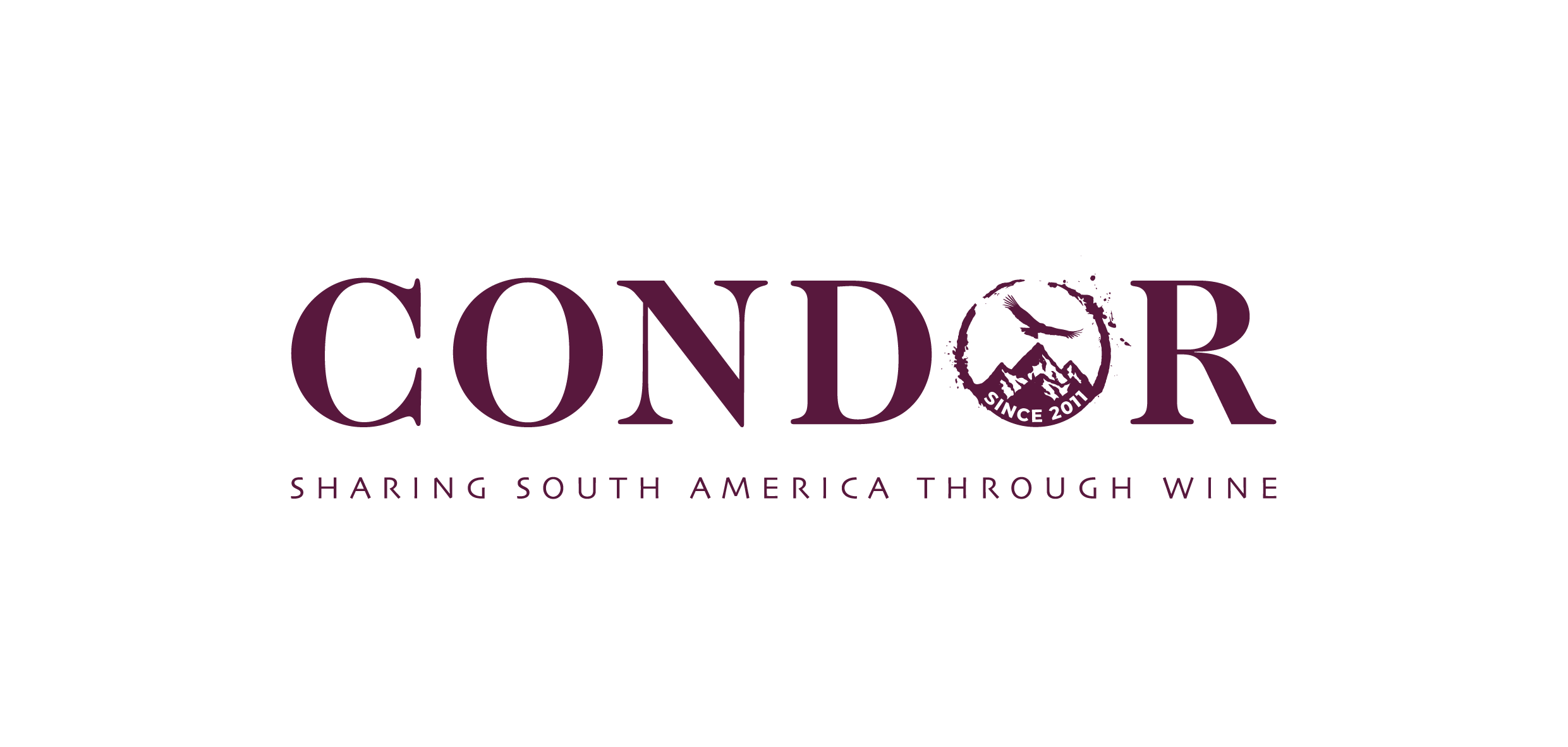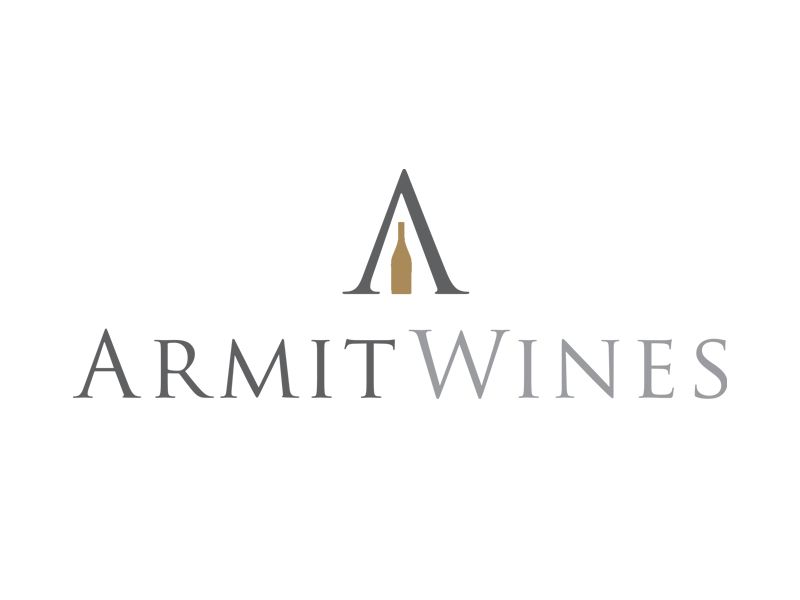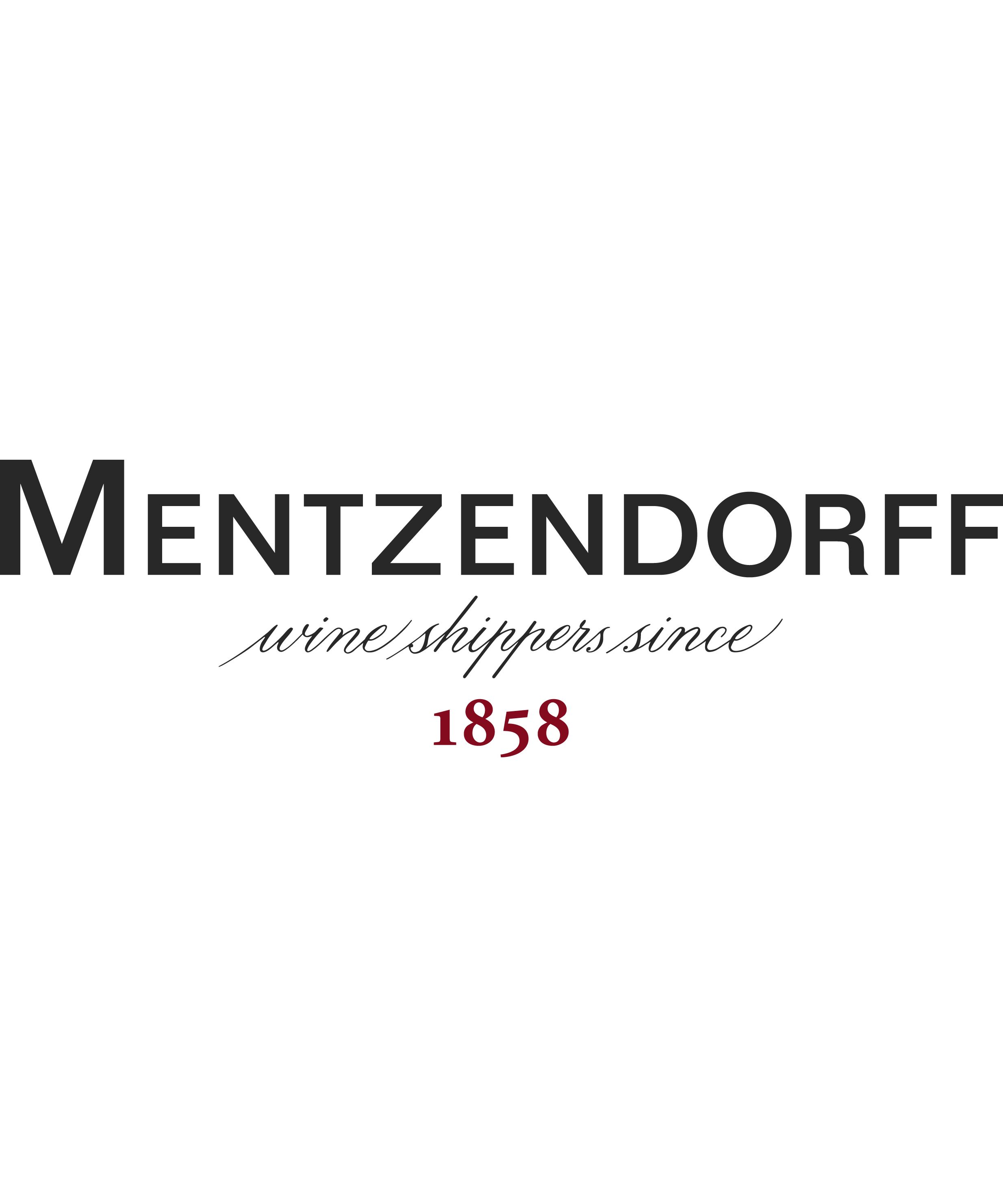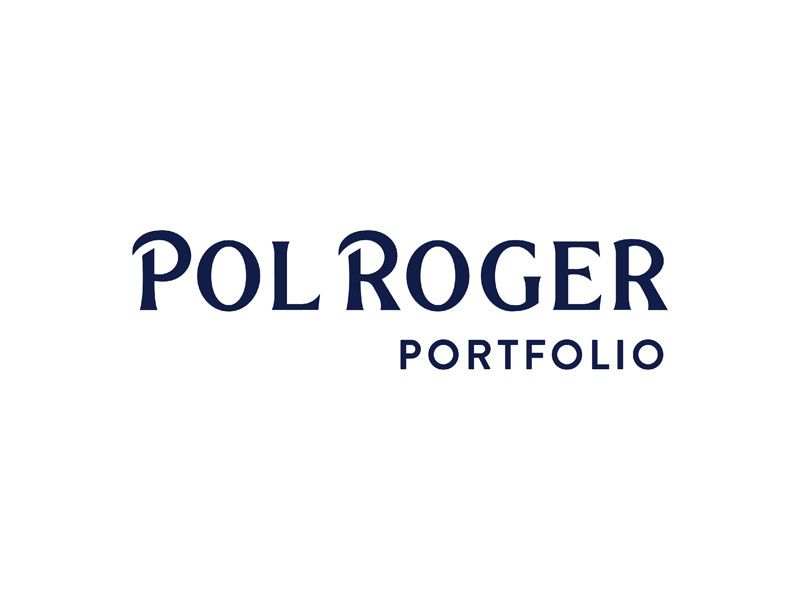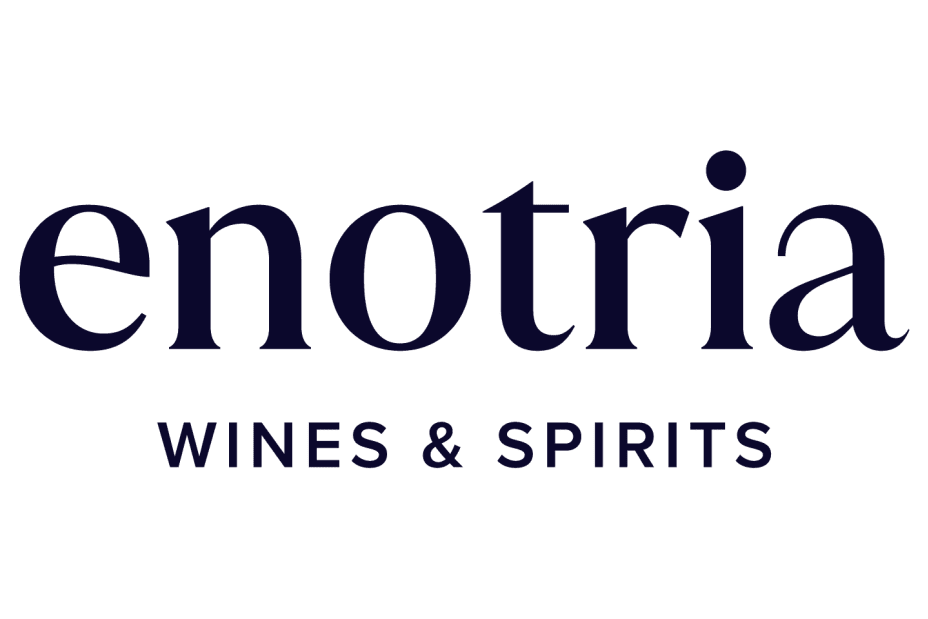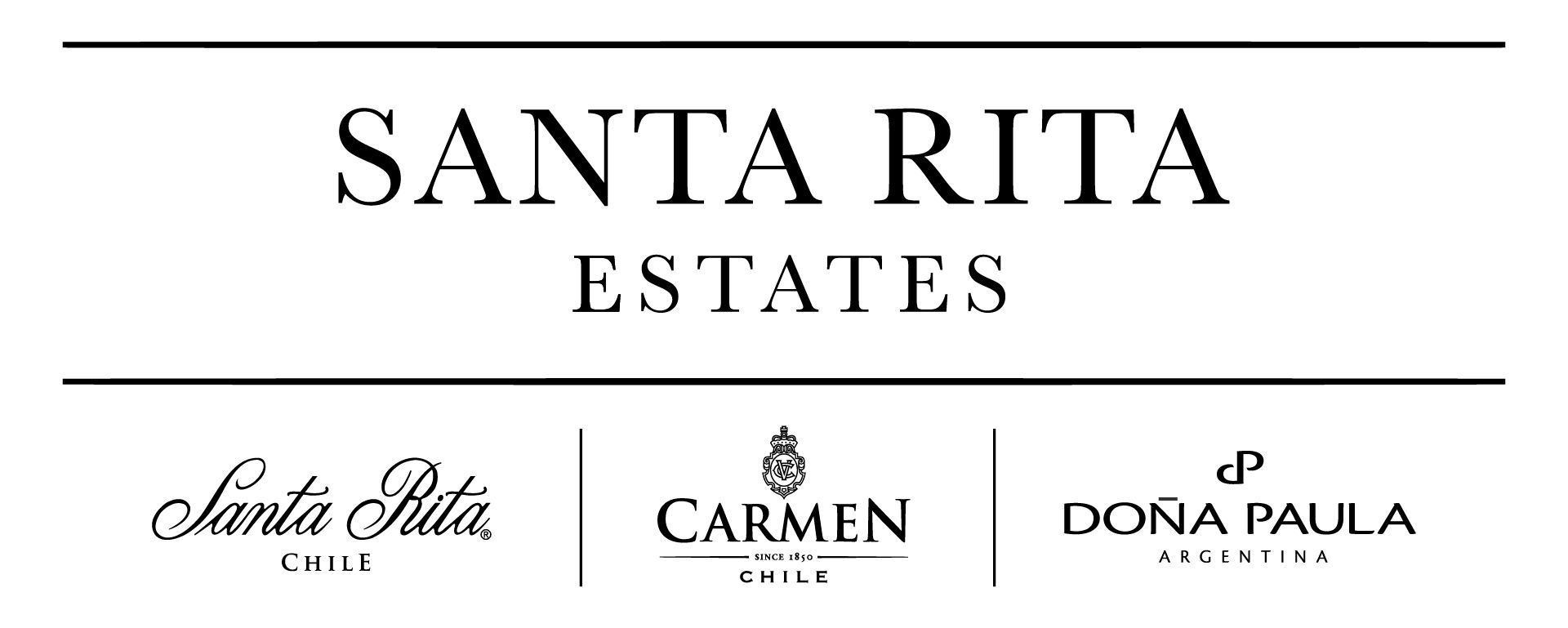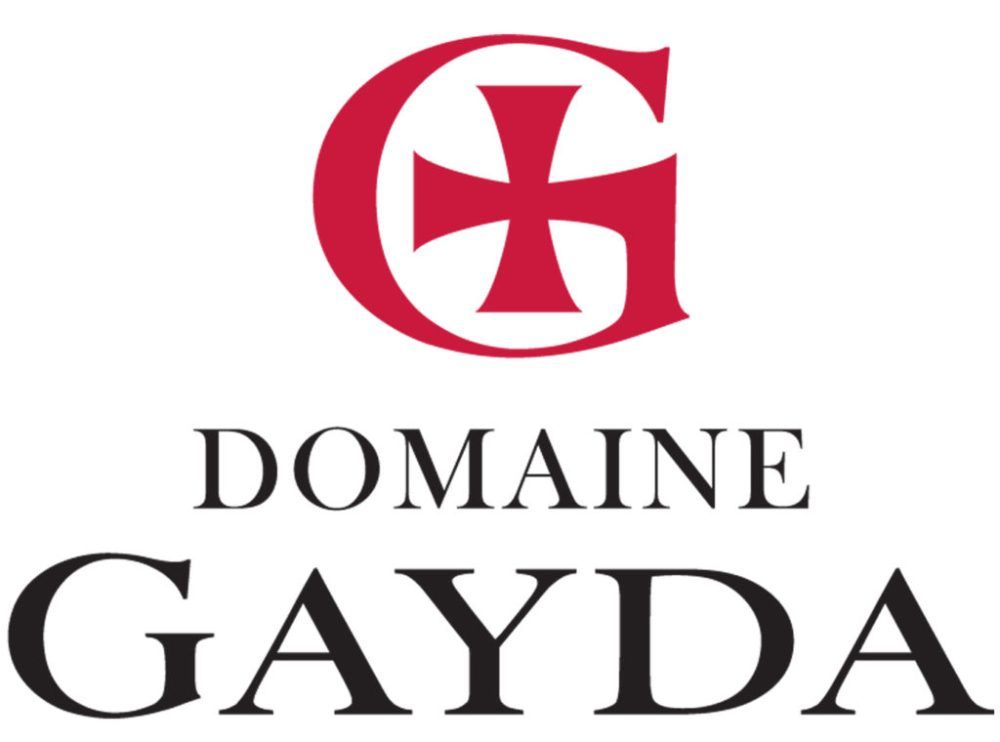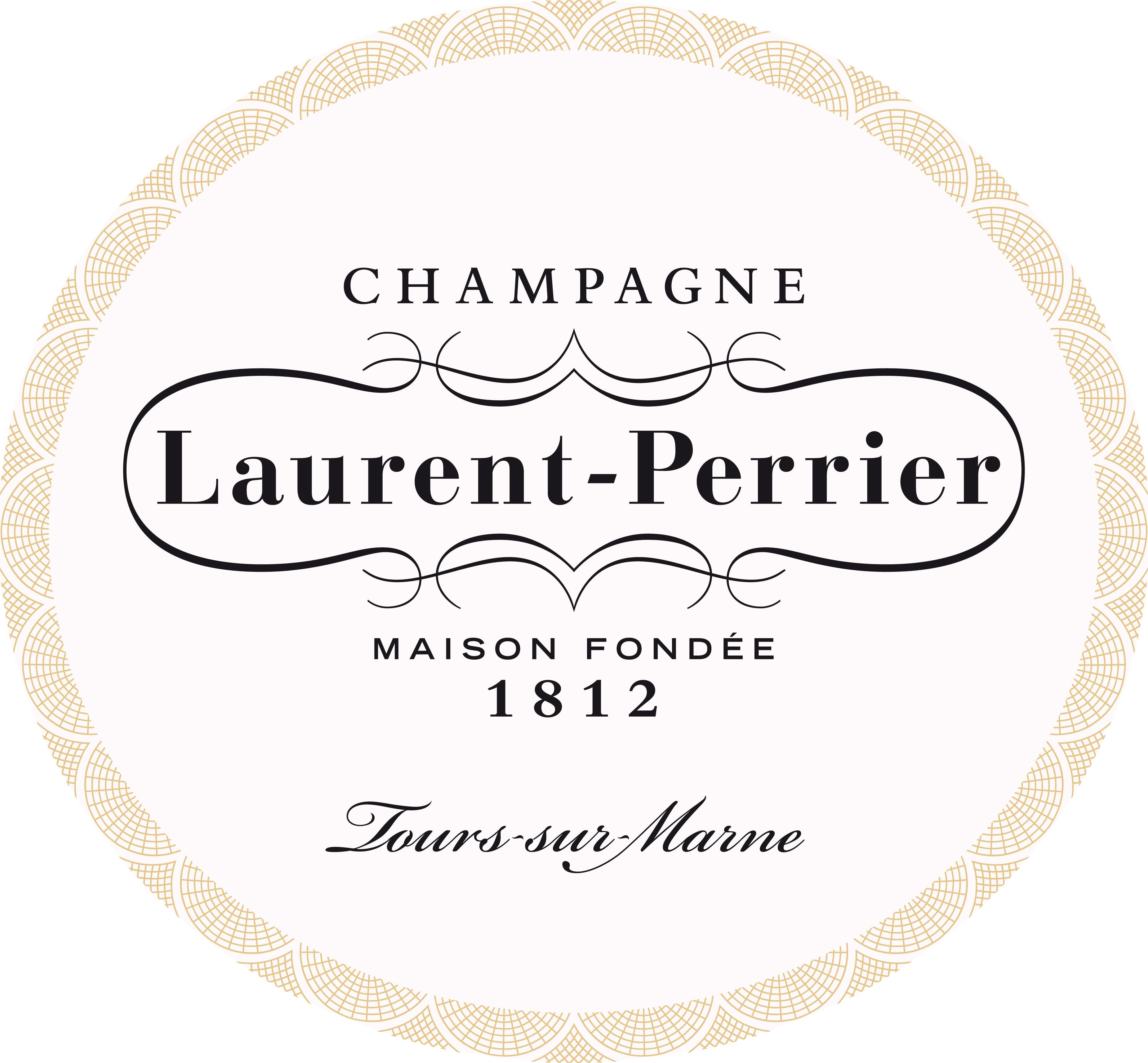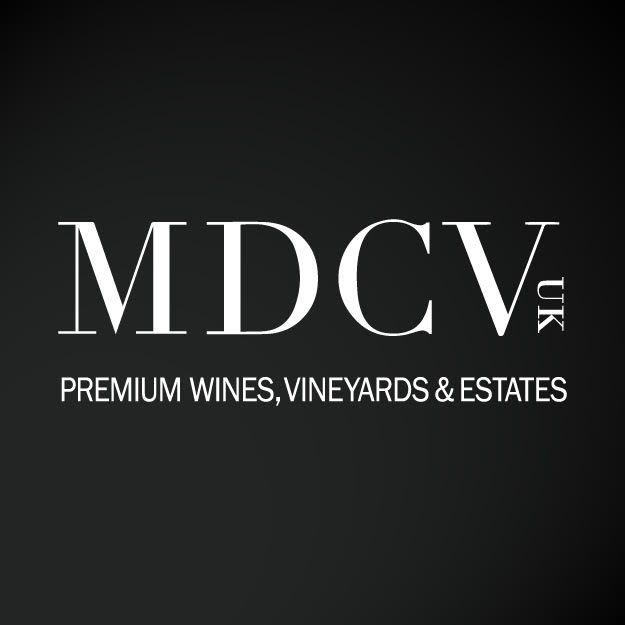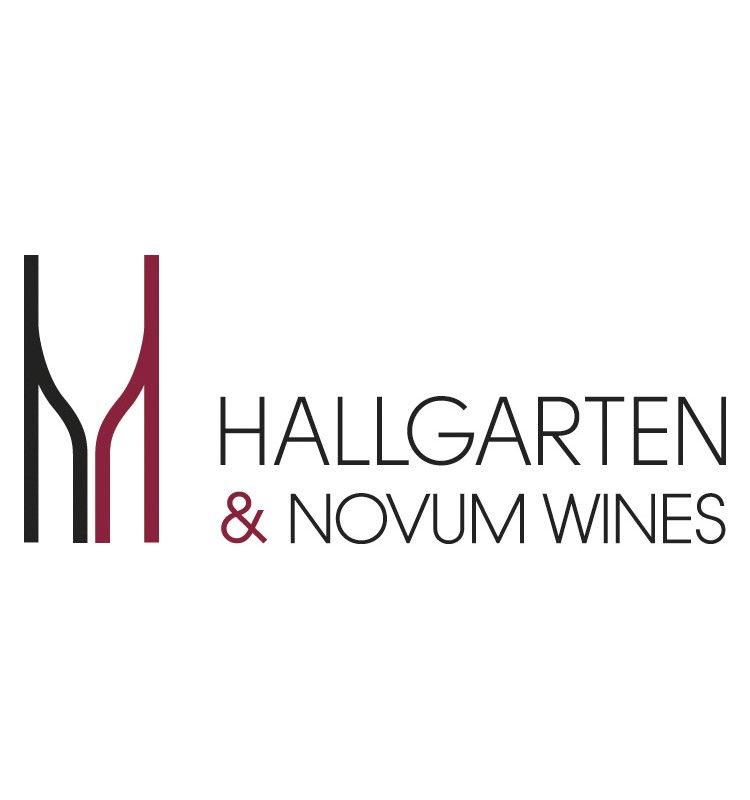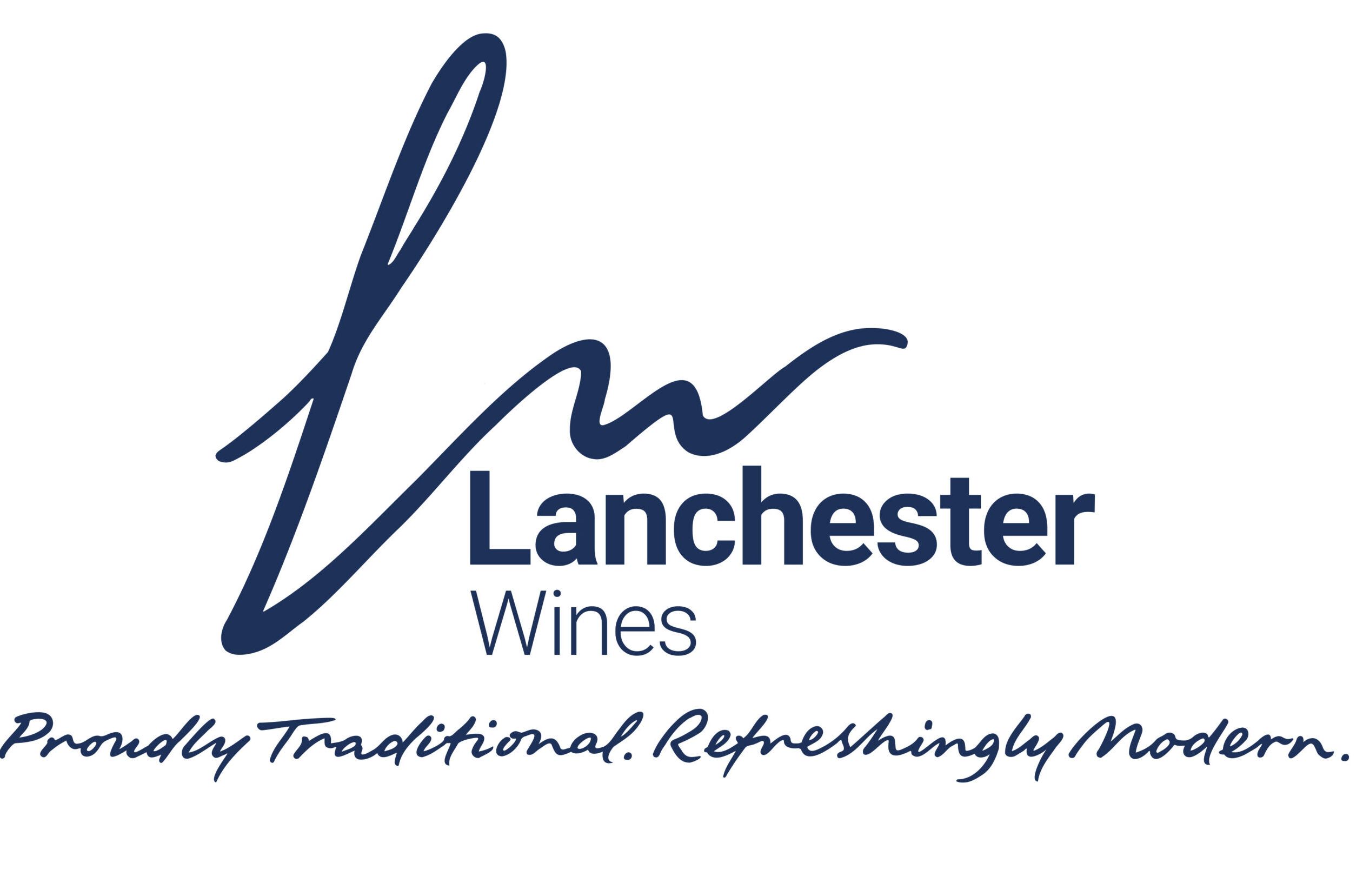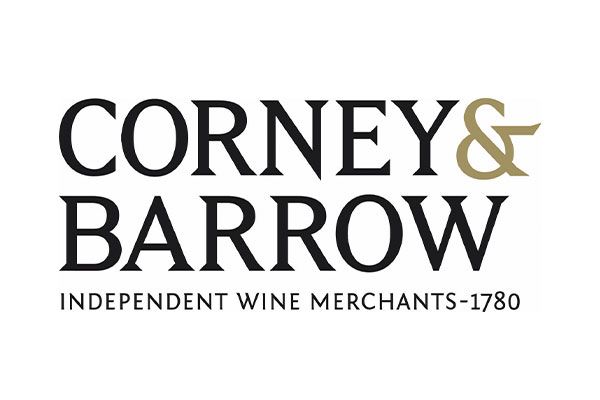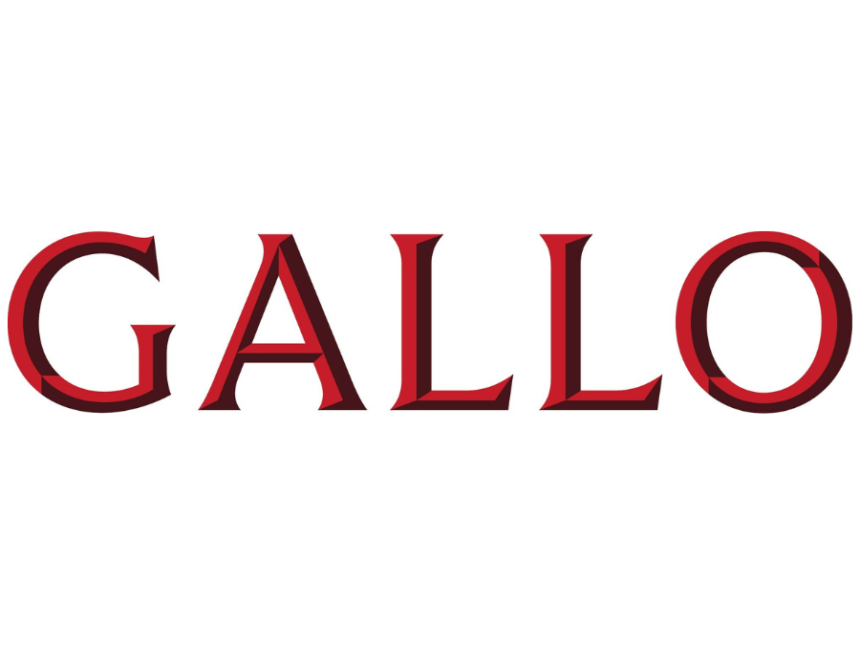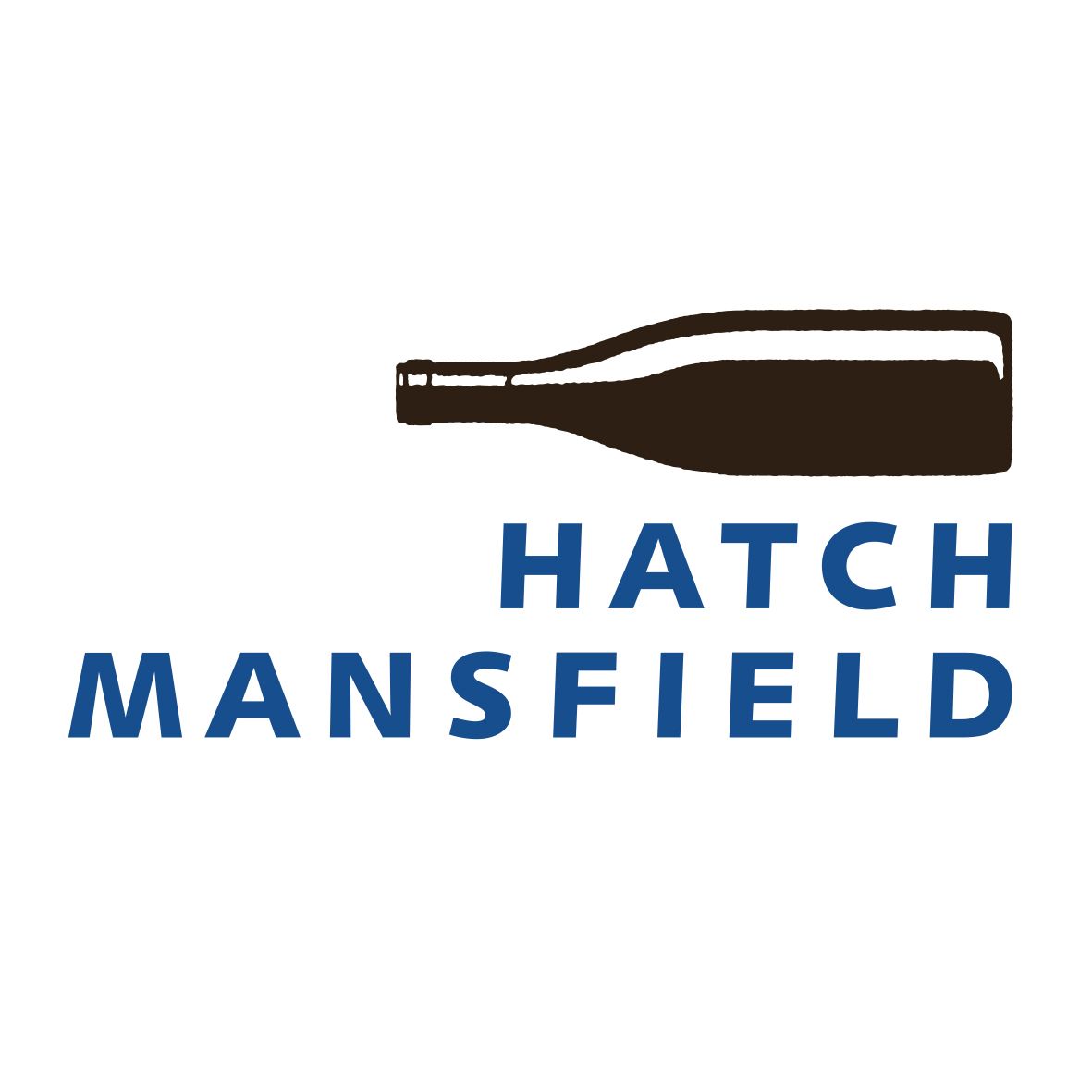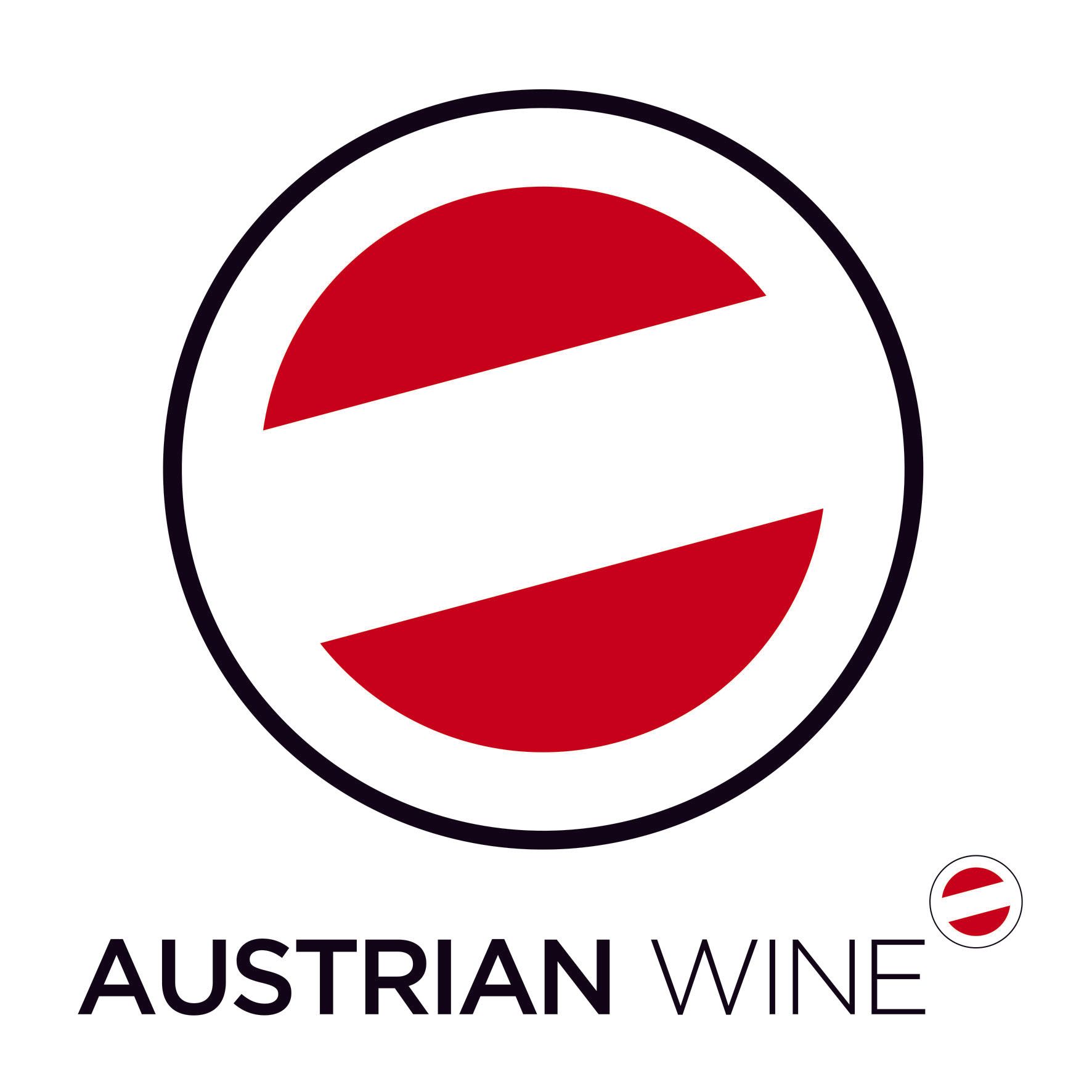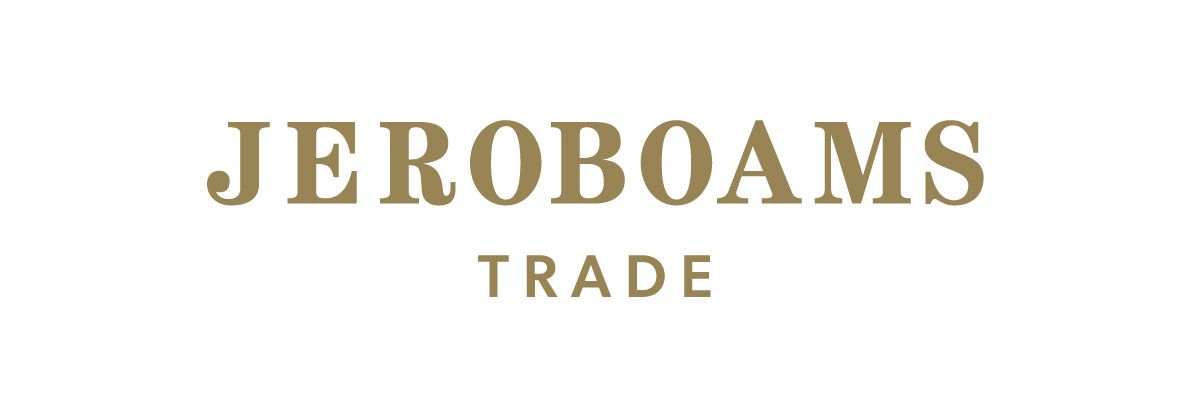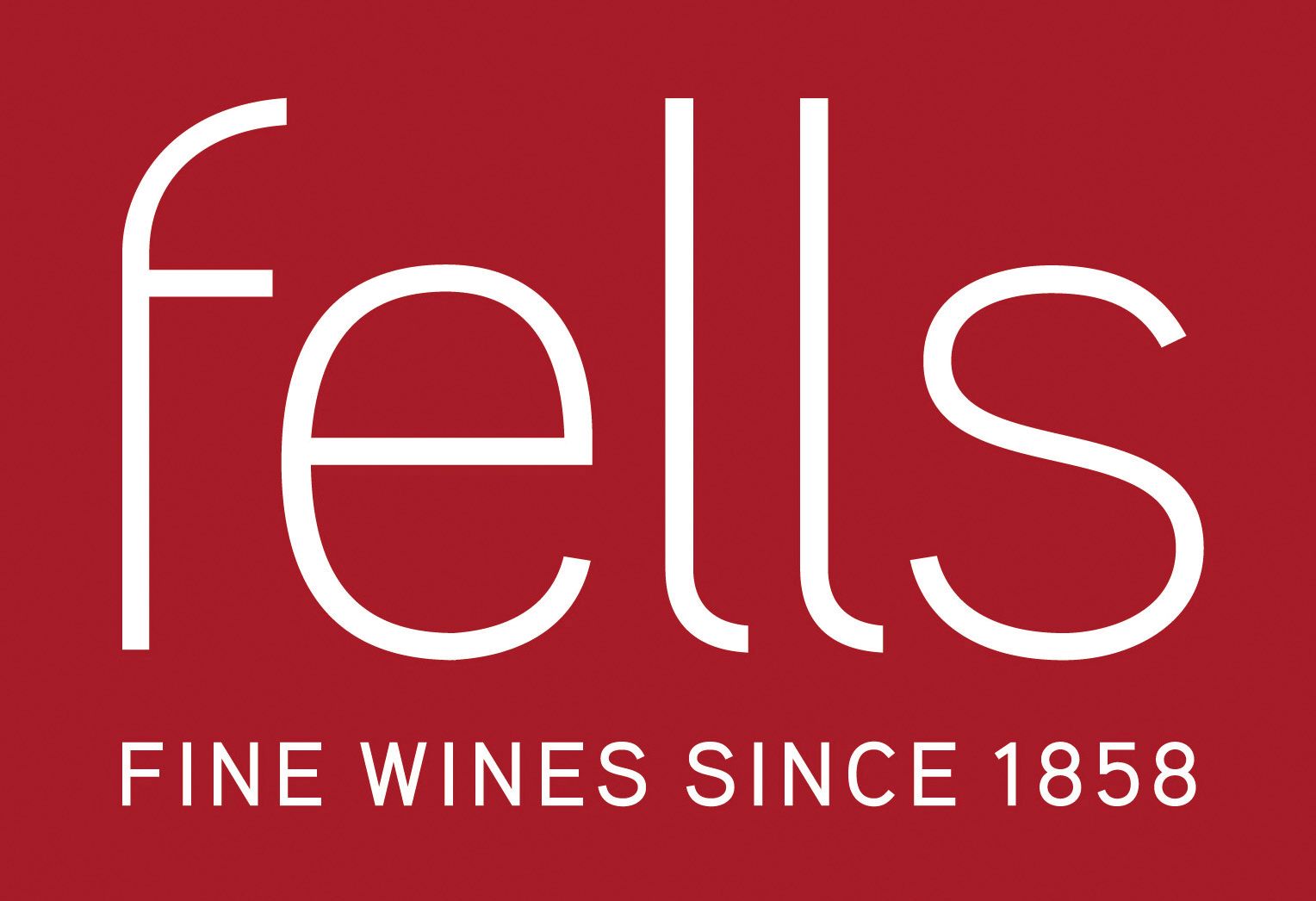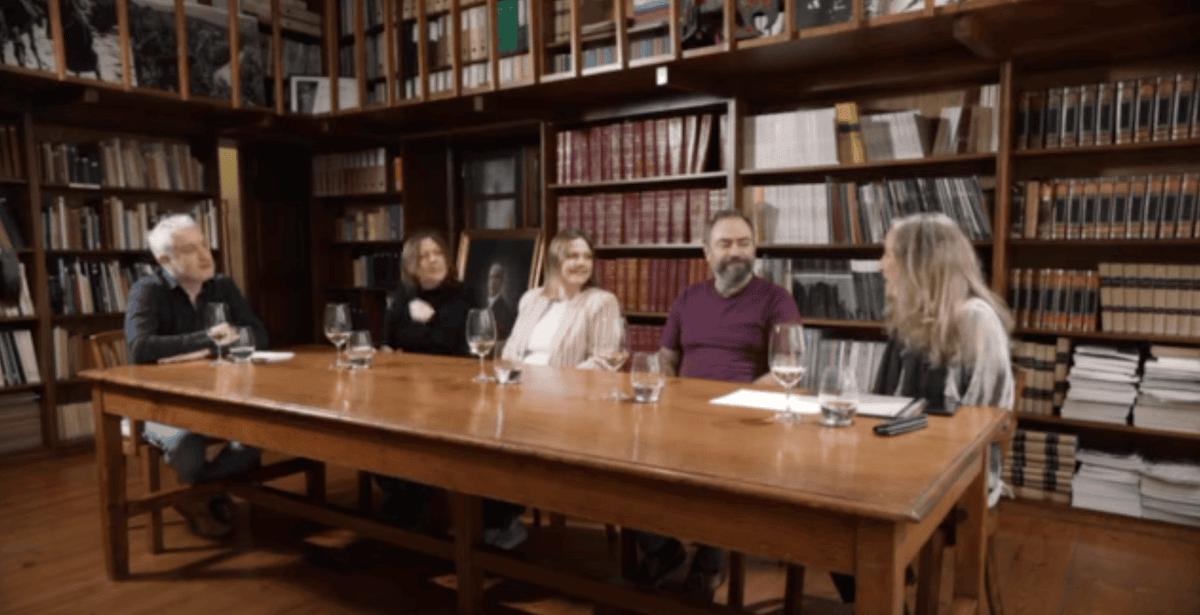"Why put on this ‘celebration of premium Australian wine’?” asked Berkmann’s Alex Hunt MW rhetorically. No justification was really needed, but he still gave a scholarly one. “If wine exists at the intersection of agriculture and art, then Australia is one of the most richly resourced countries in all of wine. I hope that this tasting is going to demonstrate that. Because after all, we all know that Australia’s reputation was a bit tarnished by the excellent way they managed to scale up the more industrial end of agriculture for winemaking a number of decades ago: irrigating, mechanising, producing vast amounts of cheerily banal quaffers.

Berkmann's Alex Hunt MW
“But every country has its quaffers, and no country should be punished for that. Here we’re going to look at the other end of the scale – the haute couture if you like. Australia has remarkable soil – some incredibly old, though not all, and those soils are populated by some of the world’s oldest vines. In many cases, they are on their own roots. Then there’s the human element. Tending those vineyards are some of the most forward-looking, visionary, pragmatic and exploratory winemakers in the world. They’re versed in the classics but you’ll never see them copy the classics. Instead, the goal is to make detailed, delicious, multi-dimensional expressions of their own respective vineyards.”
Hunt was, of course, referring to the very wines in front of us. Yarra Yering, which was founded back in 1969, is lord of the Yarra Valley manor while Lethbridge Wines, in the Geelong region, has attracted a cult following since its establishment in 1996. Langmeil, meanwhile, is home to what is thought to be the oldest surviving Shiraz vineyard in the world, The Freedom 1843 (still on own roots). It was planted by Christian Auricht, a blacksmith who fled to South Australia due to religious persecution in his native Prussia. As for Woodlands, it is one of Western Australia’s best boutique producers, being situated in the prime sub-region of Wilyabrup where its oldest vines were planted in 1973 by the Watson family, still its owners.
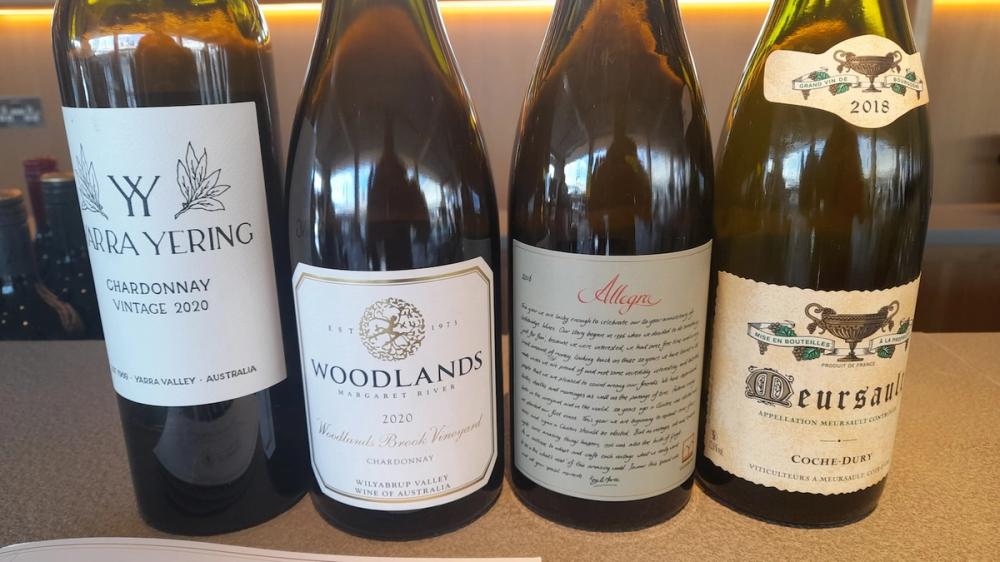
Some classics were interspersed with the Aussie wines - purely for contrast
Chardonnay was the first varietal tasted, with the straight-talking Nadeson, who founded Lethbridge with wife Maree and fellow scientist Adrian Thomas, getting straight to the point. Wanting to know how much of his 2016 Allegra had seen malolactic fermentation and also how much new oak, he got a variety of answers.
“Well, it’s 100% malo,” he barked. “The wine would be undrinkable without it… it’d taste like battery acid. And it’s also 100% new oak, although I’m hopeful you don’t see it.” Nor did we, a creamy honeycomb texture being balanced by telling acidity and generous white stone fruit.
The Yarra Yering Chardonnay 2020 was vinified quite differently, seeing no malolactic fermentation and 35% new oak, with much less than that detectable. An exceptional wine of purity and finesse, this had lovely crystalline acidity. Equally impressive was the Woodlands Brook Vineyard Chardonnay 2020, which went through partial malolactic, saw 35% new oak and had a fine acid backbone with attractive lime juice and tangerine notes.
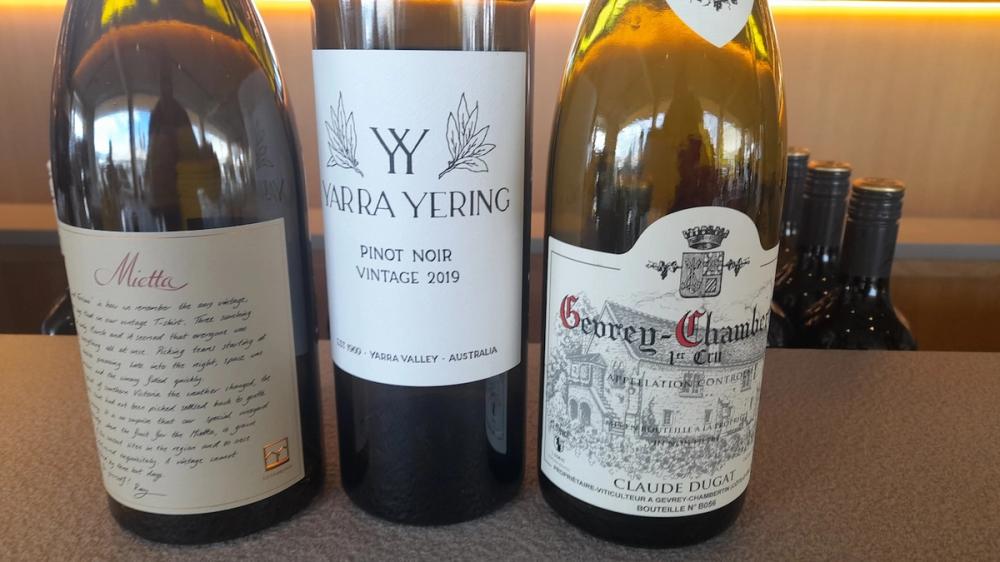
Nadeson and Crowe also produced their Pinots from the 2019 vintage. The Lethbridge Mietta Pinot Noir 2019 is a stunning wine, from a biodynamically-farmed vineyard that yielded just nine hl/ha. “The site is black clay soil full of ironstone, which gives a visceral bloody and salty character,” Nadeson declared.
“It was 100% whole bunch but with very gentle extraction and no pumpovers. Then aged in 100% new oak which is very, very lightly toasted as it’s all about giving tannins and oxygen to the wine not sweetness. In Australia we get fruit for free but need more tannins, hence the oak. In Burgundy, you’re going to have lots of tannin but can lack flesh and fruit, which is why they tend to use higher toast to fill in the gaps.”
By contrast, Crowe employed only 20% whole bunch. “I want that beautiful fragrance, silky palate and fruit profile in my Pinot,” she said. “I also want that finish with some tannin and structure – hence some bunch inclusion.”
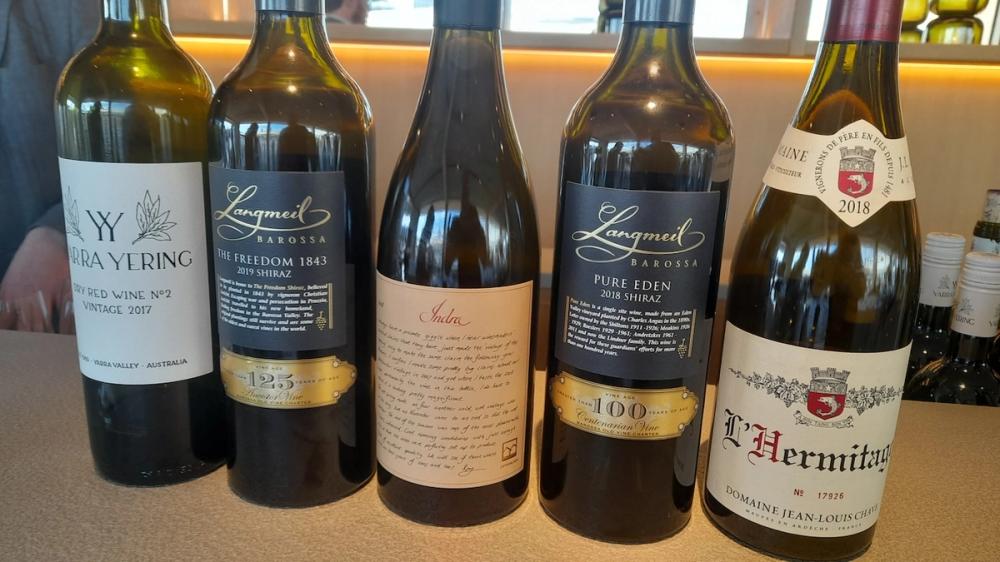
The Shirazes perhaps stole the show. Langmeil’s The Freedom 1843 Shiraz 2019 was the product of a challenging vintage when “everything that could hit us did – frost and hail included,” Woodrow said. The yield from the dry-grown plot of just over a hectare was tiny, just 2000 bottles. Winemaker Paul Lindner take a bow, for this is a sleek, fresh wine with super soft tannins and real finesse. The Langmeil Pure Eden Shiraz 2018 (from a single site in the much higher Eden Valley planted in the 1890s) was matured very differently – in 10% new American oak and older French/American hogsheads – while the Freedom saw 45% new French oak with no American. The complex Pure Eden showed superbly, being intense and fragrant yet elegant and fresh.
The Yarra Yering Dry Red No 2, 2017 (95% Shiraz, 2% Mataro, 2% Viognier, 1% Marsanne) is a great advert for how good Yarra Valley examples of Shiraz can be. Crowe sheepishly admitted it is her favourite varietal. Made from six different blocks and four clones, it has a wonderfully layered fruit profile with silkiness on the palate, and a dash of spice from the Mataro (aka Mourvedre). The Lethbridge Indra Shiraz 2018 (2% Viognier) was its equal, coming from cracked black basalt soils on a bed of limestone. Minerality and cinnamon/clove spice, along with charcuterie and olive tapenade notes, are features of this concentrated yet graceful Shiraz.
To conclude a memorable tasting were a pair of Cabernet-led blends. The Woodlands ‘Clementine Eloise’ Cabernet Sauvignon 2016 (94% Cabernet, 4% Malbec, 2% Cab Franc) is as good as it gets from the Margaret River – pretty and elegant with mouthwatering acidity, fine soft tannins and glorious fruit from what were then 43-year old vines. The grapes from Yarra Yering Dry Red No 1 2018 came from even older vines (planted 1969), although Crowe revealed that the 55% Cabernet Sauvignon quotient is normally much higher.
“One of the most important things I do is put together this blend,” she said. “There was much higher Merlot than normal – 28% as it adds softness as well as wonderful blue and black fruits and subtle herbal expression. Extra Malbec (12%) gives red fruit and energy and 5% Petit Verdot some spice.”
